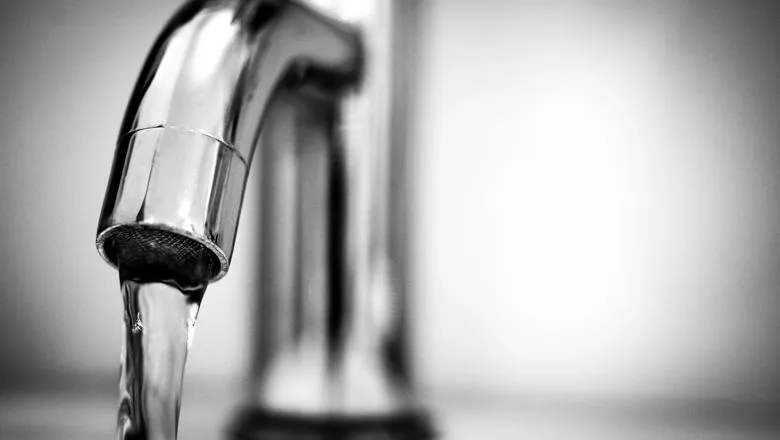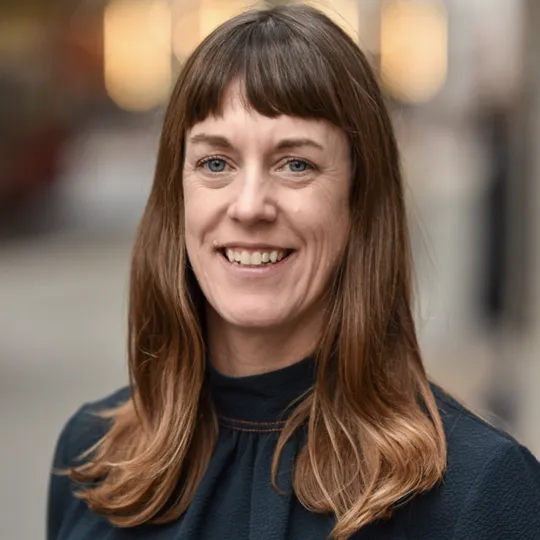It’s not only that the gap between the water-rich and the water-poor is widening in America. It’s also that it’s driven by a housing sector that lacks any safety net for working families, especially households of color, that cannot afford the astronomical prices of San Francisco, Seattle, or now even Portland.
Dr Katie Meehan, lead author of the report
05 October 2021
Fast-growing cities in the US also have increasing numbers of residents without access to piped water, finds new report
A new in-depth report finds an increase in households without piped running water – what the authors call ‘plumbing poverty’ – in some of America’s wealthiest and fastest-growing cities. These cities include the metropolitan areas of San Francisco, Portland, Austin, Nashville, and Seattle.

The report identifies a clear link between unaffordable housing, metropolitan wealth gaps, and plumbing poverty, with households of color and renters disproportionately living without piped running water in their homes. This is particularly the case for households that spend 40-50% of their monthly income on rent, despite no access to running water.
Analysing two decades of data trends, from 2000 to 2017, the researchers identify San Francisco as having the highest share of households without running water, followed by Portland, Milwaukee, San Antonio, and Austin (in ranked order). Piped water access worsened for households in these cities since 2000. Between 2000 and 2017, Los Angeles ‘improved’ to 7th place. But it still has 44,200 people without piped water.
In San Francisco, plumbing poverty has increased by a staggering 50%. San Francisco renters are paying more for sub-standard housing conditions, with the average unplumbed renter in San Francisco spending 44% of their monthly income to live in a home without running water.
Meanwhile, throughout the United States, nearly 460,000 households, or some 1.1 million people, lack piped running water in their homes. 73% of households without piped water are located in urban areas, with 29% in the 15 metros profiled in this report.
A lack of coherent federal policy and institutionalized gaps at the nexus of housing and water are likely to blame.
The research was led by Dr Katie Meehan, of the Department of Geography at King’s College London, with collaborators from the University of Arizona Geography, Development and Environment and EcoNorthwest.
The researchers have called on the US government to take action to tackle the injustices of the current situation as the minimal infrastructure costs would be outweighed by the resultant gains in health, safety, and quality of life.
They said: “As the Biden administration and US Congress prepare to “build back better” and pump $55 billion into cleaning up piped water, it should direct some of that investment to connecting the 1.1 million unplumbed Americans to the grid, the vast majority of whom live in cities and in relatively close proximity to existing water infrastructure.”
The report highlights how safe and secure water access is a basic human right and many of us take for granted that we have access to clean running water, especially given the global COVID-19 pandemic which recommends people should wash their hands well and often.
Their analysis found that access to piped water has improved across the US as a whole since 2000.
However, in several high growth cities, especially those with unaffordable housing, the situation is “stagnating or getting worse” as these metropolitan areas have made little to no progress or have seen “alarming jumps” in the share of people living without piped water access.
The report includes a deeper investigation into three metro areas – San Francisco, Phoenix and Milwaukee. Key findings include:
San Francisco, CA
- Renters make up less than half of households in the metro area but account for nearly 90% of its plumbing poverty.
- From 2000 to 2017, the number of households in plumbing poverty increased by 12% to a total of 14,800 households.
- The number of Black people in plumbing poverty increased by nearly 50 percent from 2000 to 2017 even as the Black population declined in the metropolitan area.
Phoenix, AZ
- Rates of plumbing poverty have flat lined or “stagnated” since 2000. However, the situation has deteriorated for renter households.
- Renters are earning less and paying more to live in a home without running water. Renters account for 51% of households without piped water, and their rents rose by $250 (38%) while their median incomes fell by $230 (10%) between 2000 and 2017.
- The authors argue that “stagnation” equals “no progress” in terms of universal water access.
Milwaukee, WI
- Milwaukee now ranks as the third worst offender for plumbing poverty in the US.
- The share of Black households in plumbing poverty in 2017 was roughly double the Black share of the metro population.
- In 2017, unplumbed households spent roughly half (49%) of their monthly income on rent.

